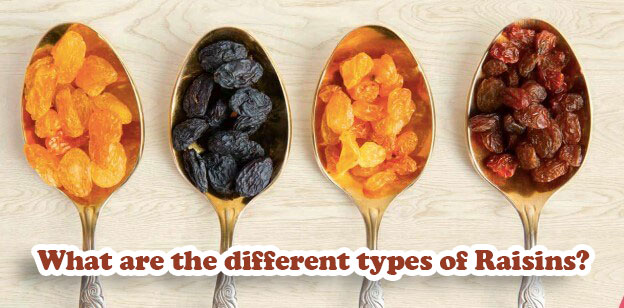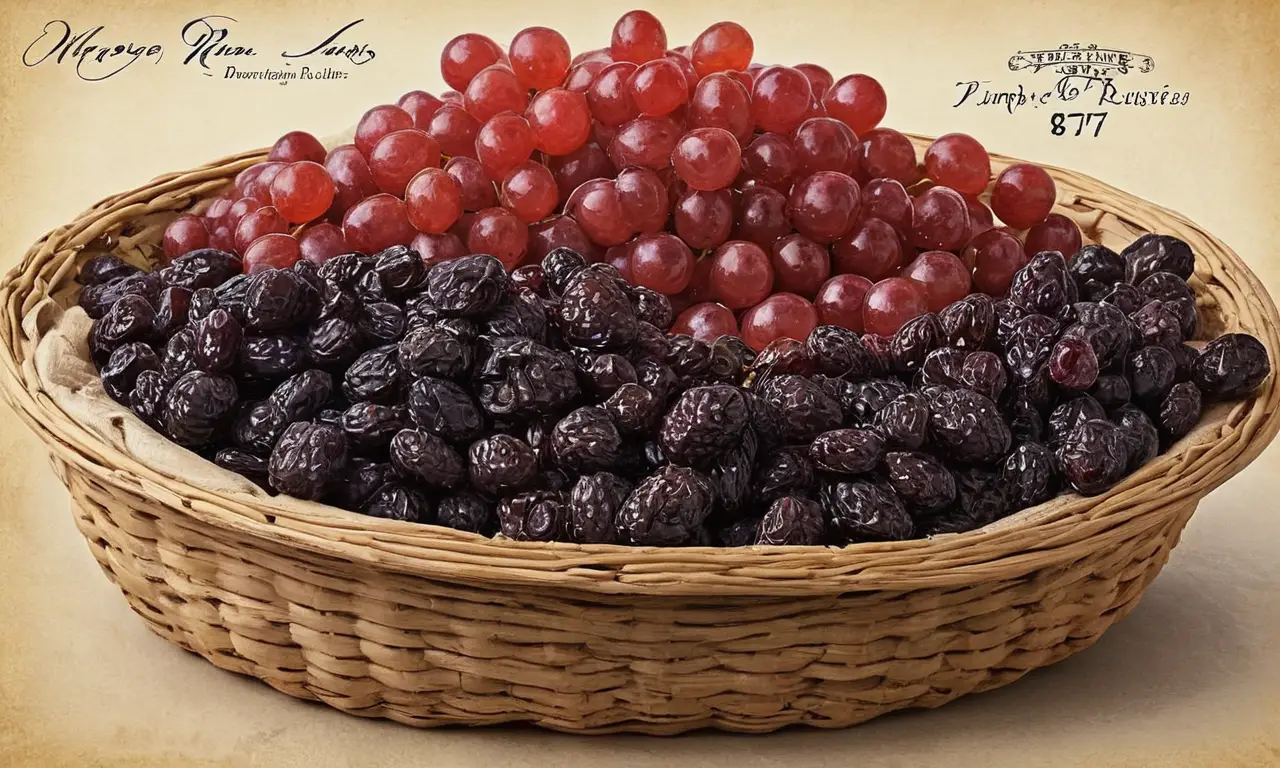
Raisins, those delightful little morsels of dried grapes, are a popular snack and ingredient worldwide. Their sweet, concentrated flavor and chewy texture make them a versatile treat enjoyed in various forms, from trail mixes to baked goods. But have you ever noticed the diverse range of colors raisins come in? From deep browns to vibrant reds, these variations can be quite intriguing. This article delves into the fascinating world of raisin colors, exploring the factors that influence their hues and uncovering the nutritional benefits they offer.
This exploration will begin by examining the common color variations found in raisins and what they signify. We’ll then delve into the different types of raisins available, highlighting their unique characteristics. Next, we’ll uncover how the grape variety used and the drying process significantly impact raisin color. Finally, we’ll shed light on the nutritional value of these tiny powerhouses, demonstrating why they deserve a place in your healthy diet.
Raisin Colors Explained
Raisins exhibit a spectrum of colors, each telling a story about their origin and processing. The most common hues include:
- Dark Brown: These raisins are typically the result of fully mature grapes that have been dried for an extended period. Their deep brown color often indicates a rich, robust flavor.
Reddish-Brown: These raisins possess a vibrant reddish hue, suggesting they were derived from red grape varieties or underwent a shorter drying process. They tend to have a sweeter and more delicate flavor profile.
Golden/Light Brown: These raisins are often produced from specific grape varieties known for their lighter color, such as Thompson Seedless. Their golden-brown hue reflects their milder sweetness and subtle flavor.
Types of Raisins

Beyond color variations, raisins come in various types, each with its own distinct characteristics:
- Sultana: These small, golden raisins are renowned for their sweet, delicate flavor and plump texture. They’re often used in baking and confectionery due to their versatility.
Thompson Seedless: These are the most common type of raisin, known for their dark brown color and slightly chewy texture. They have a balanced sweetness and are widely used in trail mixes, granola bars, and baked goods.
Muscat: These raisins boast a distinctive floral aroma and a sweet, rich flavor. Their larger size and wrinkled appearance set them apart from other types.
- Flame: These vibrant red raisins possess a unique tartness that balances their sweetness. They’re often used in savory dishes or as a topping for salads.
Grape Variety Influence
The grape variety plays a crucial role in determining the color of raisins. Different grape varieties naturally contain varying amounts of pigments, which contribute to their distinct hues:
- Red Grapes: Varieties like Flame Seedless and Thompson Red produce reddish-brown raisins due to the high concentration of anthocyanins, pigments responsible for red and purple colors.
- White Grapes: Grapes like Thompson Seedless and Sultana yield golden or light brown raisins because they contain lower levels of anthocyanins.
Drying Process Impact

The drying process significantly influences raisin color. The duration and method of drying affect the concentration of pigments and the overall appearance:
- Sun-Drying: This traditional method often results in darker, more intense colors due to prolonged exposure to sunlight, which intensifies pigment breakdown.
- Dehydrator/Oven Drying: These methods typically produce lighter-colored raisins because they involve controlled temperatures and shorter drying times.
Nutritional Value of Raisins
Raisins are nutritional powerhouses packed with essential vitamins, minerals, and antioxidants:
- Iron: Raisins are an excellent source of iron, crucial for red blood cell production and oxygen transport.
- Potassium: They provide a good amount of potassium, which helps regulate blood pressure and muscle function.
- Fiber: Raisins are rich in fiber, promoting digestive health and aiding in weight management.
- Antioxidants: They contain various antioxidants, including flavonoids and phenolic acids, which protect cells from damage and reduce the risk of chronic diseases.
Conclusion
Raisins offer a delightful combination of flavor, texture, and nutritional benefits. Their diverse color variations reflect the fascinating interplay between grape variety, drying process, and natural pigments. Whether you enjoy them as a snack, add them to your trail mix, or incorporate them into your favorite recipes, raisins are a versatile and nutritious treat that deserves a place in your pantry.
